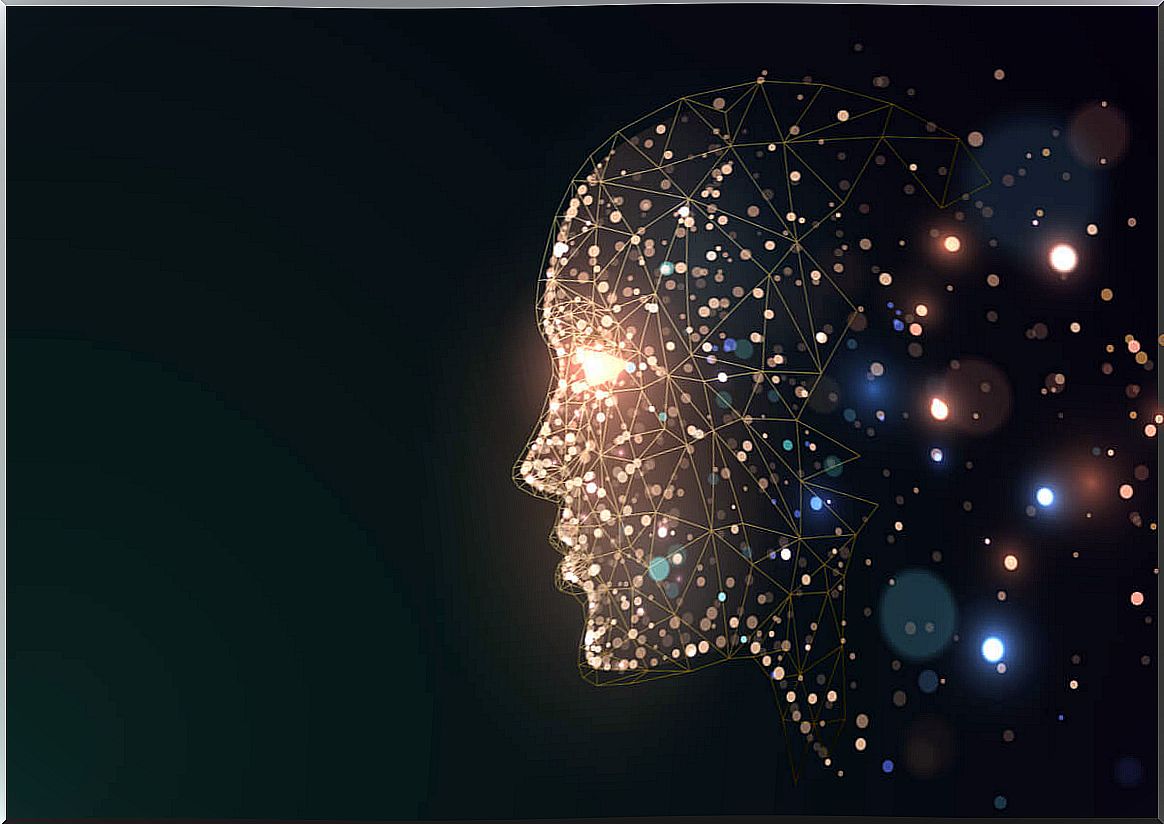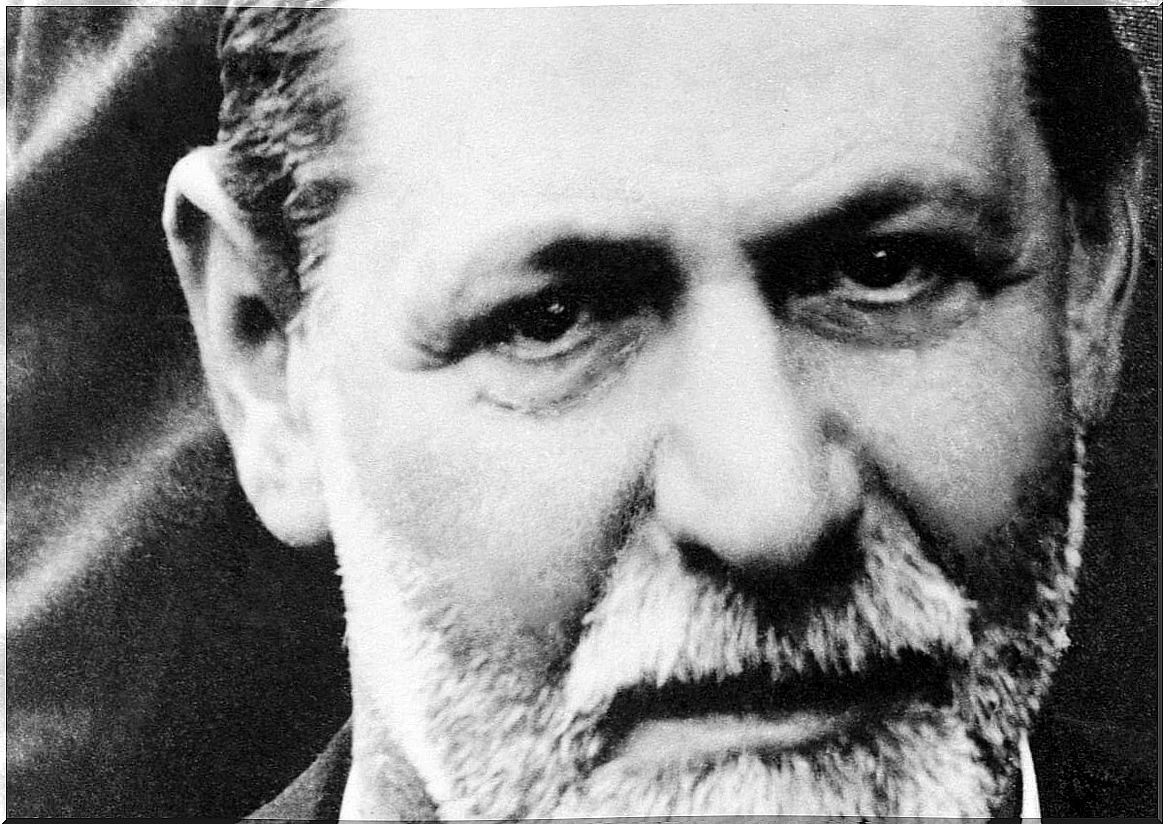Differences Between Conscious, Preconscious And Subconscious

The mind remains a fascinating mystery. Many have been those who have tried to do their own dissection on different planes, especially with regard to the conscious. As a result of this, Sigmund Freud was one of the first to differentiate conscious, preconscious and subconscious (first topic).
In colloquial language, the three terms are often used interchangeably . However, before being adjectives for actions that are done inadvertently, they were a division of the mind based on the depth of the thoughts.
In this article you will be able to know the difference between these three terms and their meaning. If you are interested in learning how people try to classify and explore the most hidden parts of their mind, you have come to the right place.
The Freudian Division of Consciousness
Freud, due to its historical context, did not have the necessary means to study brain function. That is why his theory, although intuitive and simple for didactics, differs from the findings that neuroscience made later.
The subconscious that Freud spoke of was made up of memories, perceptions and feelings which, due to their problematic nature for the conscious mind, become inaccessible to the subject. This definition is problematic on a scientific level, since it would be very difficult to prove the existence of that part of the mind.

Definition of conscious, preconscious and subconscious
In his theory, Freud divided the mind into three layers, according to the level of consciousness on the part of the subject, functionality and depth: conscious, preconscious and subconscious. To properly speak of each of these terms, it is better to address them separately.
Aware
The conscious is the level where reality is perceived, analyzed and processed. It has a great relationship with episodic memory, because with the set of experiences – both external and internal – decisions are made and reasoned.
It is the most superficial layer of the mind and in which much of the activity that we usually understand as thought occurs. Furthermore, retrieving the information found at this level is, in principle, a simple task.
Preconscious
The preconscious is the lower layer, which houses the experiences, feelings, ideas and fantasies that are stored in memory, but of which there is no awareness at all times. This information is accessible, but contrary to what happens with that which is in the conscious part, it is usually an external stimulus that activates, for example, the memory. In this way, it would be a great help in recognition.
Like conscious content, content at this level respects the logical and chronological laws of temporality. This means that they are adjusted to reality and to the present moment.
Subconscious
It is the least accessible level of the mind. In it are feelings, memories or fantasies that are not accessible, at least directly, to consciousness. It acts below the surface and influences automatic processes, such as breathing or the heartbeat.
From psychoanalysis, several authors have defended that at this level is the seat of many of our negative emotions; those that at some point we “did not want” to treat and that we banish out of consciousness in what has been understood as a defense mechanism. Although we could not access these contents voluntarily, they could manifest themselves through dreams, lapses or psychosomatic illnesses.

Differences between conscious, preconscious and subconscious
The best way to illustrate the differences is to use an example: think about the act of urinating. You can’t control when you’re going to have the need to do it -subconscious-, but you know it’s not polite to do it in public -preconscious-, so you repress it until you get to a bathroom -consciously-.
Neuroscience has shown that both conscious and subconscious have a correlate at the brain level and an adaptive function in the functioning of the mind. The application of these studies has been carried out in fields such as social psychology, memory and learning.
On the other hand, we are witnessing how modern theories abandon Freud’s motivational mechanisms to focus on biological pragmatism: the subconscious is not a prison for malicious and murky thoughts, but the most subconscious aspect of thought that makes life easier for us. under one’s consciousness.









